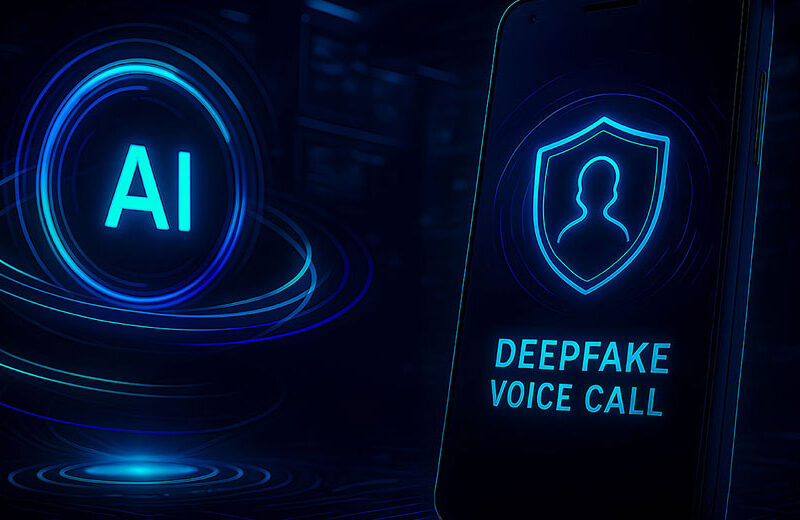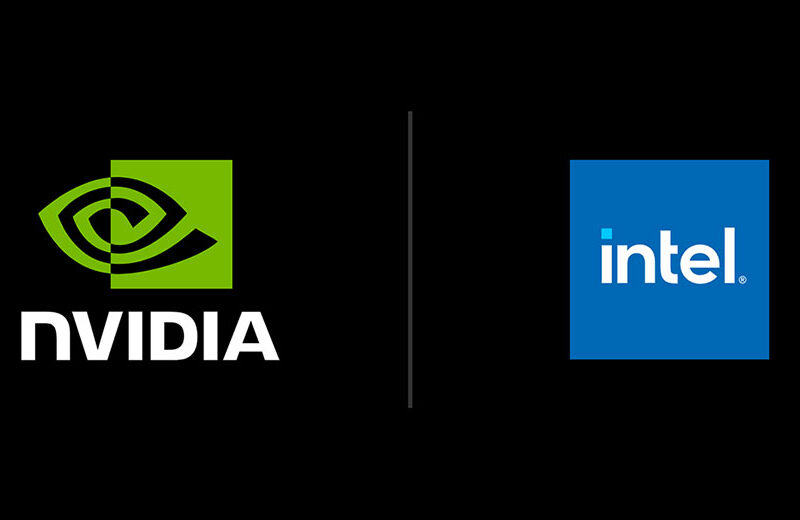OpenAI Adds Parental Oversight Tools for Teens Using ChatGPT

New parental controls for one of the most popular generative AI chatbots on the web were rolled out Monday by OpenAI.
The company announced that controls for ChatGPT will be available to all users of the chatbot, allowing parents to link their account with their teen’s account and customize settings for a safe, age-appropriate experience.
The move comes while a lawsuit is pending in San Francisco Superior Court by the parents of Adam Raine, which alleges the 16-year-old boy committed suicide after being encouraged to do so by ChatGPT.
Here’s how the controls work:
To set them up, a parent or guardian sends an invite to their teen to connect accounts. After the teen accepts, the parent can manage the teen’s settings from their own account. Teens can also invite a parent to connect.
Once linked, parents can customize their teen’s experience in ChatGPT in a simple control page in the account settings. If a teen unlinks their account, their parent will be notified.
Along with the controls, OpenAI also introduced enhanced safeguards for linked teen accounts. Once parents and teens connect their accounts, the teen account will automatically get additional content protections, including reduced graphic content, viral challenges, sexual, romantic, or violent roleplay, and extreme beauty ideals.
Parents will have the option to turn those settings off, OpenAI explained, but teen users cannot make changes.
Core Features for Parents
Through a control page, parents will have access to these features:
- Set quiet hours, or specific times when ChatGPT can’t be used;
- Turn off voice mode to remove the option to use voice mode in ChatGPT;
- Turn off memory, so ChatGPT won’t save and use memories when responding;
- Remove image generation, so ChatGPT won’t have the ability to create or edit images; and
- Opt out of model training, so their teen’s conversations won’t be used to improve models powering ChatGPT.
“These parental controls are a good starting point for parents in managing their teen’s ChatGPT use,” Robbie Torney, senior director for AI Programs at Common Sense Media, said in a statement.
“Parental controls are just one piece of the puzzle when it comes to keeping teens safe online, though,” he continued. “They work best when combined with ongoing conversations about responsible AI use, clear family rules about technology, and active involvement in understanding what their teen is doing online.”
Preventing Overreliance on AI
Alex Ambrose, a policy analyst with the Information Technology and Innovation Foundation, a research and public policy organization in Washington, D.C., maintained that parental controls are certainly a step in the right direction in addressing some of the children’s online safety issues with chatbots. “That’s especially true when parents have flexibility to choose the options that work best for them,” she told TechNewsWorld.
“At the same time, not every child lives in a home with parents willing or able to look out for their best interests online,” she said. “Even parents who have the time and skills to monitor their children’s use need tools to make that easier, which is why it’s great to see platforms implementing these types of systems.”
“OpenAI is signaling to the market that it cares about teen harm, which is a hot issue these days,” added Vasant Dhar, a professor at New York University and author of “Thinking With Machines: The Brave New World of AI.”
“I think they are a good start,” he told TechNewsWorld. “If children know that their interactions are monitored, they are less likely to stray into trouble.”
Eric O’Neill, a former FBI counterintelligence operative and author of “Cybercrime: Cybersecurity Tactics to Outsmart Hackers and Disarm Scammers,” pointed out that parental controls give families a chance to set boundaries before AI becomes a crutch. “There is something magical to thinking of that first creative line in an essay without AI handing it to you,” he told TechNewsWorld.
“AI is powerful, but too much too soon can stifle a child’s ability to imagine, struggle, and create,” he said. “Parents must step in before kids outsource their ability to create. I worry for a future where there are no blank pages.”
Motivated by Lawsuit?
Lisa Strohman, founder of the Digital Citizen Academy in Scottsdale, Ariz., an education-focused organization dedicated to promoting safe and responsible technology use among students, parents, and educators, agreed that the parental controls are a good start. “But quite frankly, having been in the field for 20 years, I think it’s more of a risk mitigation based on recent difficult situations that have occurred for them,” she told TechNewsWorld.
“I think that they’re putting out something that is better than nothing, but my opinion is that we can’t outsource parenting,” she said.
“We have to be realistic about whether or not somebody who wants us to use their product over and over again is really going to put safeguards in place that are going to keep people from using their product,” she added.
The parental controls are “woefully inadequate,” contended Peter Swimm, an AI ethicist and founder of Toilville, a conversational AI agency, in Bellevue, Wash. “The only reason that they’re even putting this technology in place is to shield them against lawsuits,” he told TechNewsWorld.
He explained that governance is needed when using AI because its results can be random and unpredictable. In addition, he continued, “Chatbots are designed in a way to give you what you want, even if what you want is bad.”
“I have an 11-year-old daughter, and I won’t let her use AI without supervision,” he said. “I think it’s very problematic, very dangerous, especially if a child doesn’t have the context they need to use these tools in a healthy way. It can reinforce negative outcomes.”
Dubious Companion
Giselle Fuerte, founder and CEO of Being Human With AI, a company focused on educating people about the ethics of artificial intelligence, in Spokane, Wash., argued that parental controls for AI chatbots are needed because it has become clear that unsupervised and unmoderated access to those systems can lead to inappropriate and harmful interactions.
“Just as we protect children’s developing brains with video game and movie rating systems, we need controls for AI systems,” she told TechNewsWorld. “These systems are designed with powerful and personal tactics to engage users, without regard for the user’s age or developmental stage.”
Kids are relying on chatbots not only for school and research, but for companionship and advice, too, added Yaron Litwin, CMO of Canopy, a maker of software and tools to monitor children’s devices and online activity. “They can be influenced by a chatbot’s confidence-filled mistakes, subtle biases, and artificial intimacy, all of which can cause many negative effects,” he told TechNewsWorld.
“As long as a child is allowed access to a chatbot,” he said, “parental controls are vital for keeping them safe, or at least for minimizing the chances of danger.”
Setting Healthy Boundaries for AI Use
David Proulx, co-founder and chief AI officer at HoloMD, a health care technology company specializing in AI-powered remote therapeutic monitoring and clinical decision support, in Rockville, Md., emphasized that parental controls for chatbots aren’t meant to shut kids out of the latest technology. “They’re meant to set boundaries around a technology that, by design, never says no,” he told TechNewsWorld.
“These systems are always on and always agreeable,” he said. “That can be risky for a child who’s already feeling vulnerable.”
“If a kid is spending more time confiding in a bot than in the people around them, that’s a red flag,” he continued. “Simple steps like limiting session length, setting conversation boundaries, or flagging late-night use can help break dependency patterns. But filters alone aren’t enough. The real need is for smarter guardrails that focus on behavior, not just content.”
For more information on setting up and using these new features, visit OpenAI’s parental controls introduction page.



